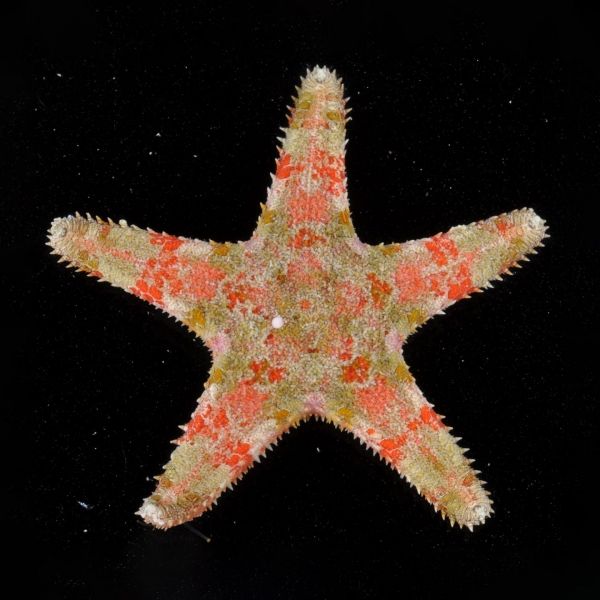It always pays to think outside of the box. Rachel Collin decided to look further afield to find the adult form that matched a larvae from a plankton sample in Panama and was surprised by the result.
For decades biologists have captured tiny sea star larvae in their nets that did not match with the adults of any known species. A Smithsonian team just discovered what these larvae grow up to be and how a special superpower may help them move around the world. Their results are published online in the Biological Bulletin.
“Thirty years ago, people noticed that these asteroid starfish larvae could clone themselves,” said staff scientist Rachel Collin at the Smithsonian Tropical Research Institute (STRI), “and they wondered what the adult form was. They assumed that because the larvae were in the Caribbean, that the adults must also be from the Caribbean.”
Scientists monitor the larvae because the larvae can be more sensitive to physical conditions and larval dispersal has a large influence on the dispersal of the adult fishes and invertebrates. Collin’s team uses a technique called DNA barcoding to identify plankton. They determine the DNA sequence of an organism, and then they look for matches with a sequence from a known animal in a data base.
Read more at: Smithsonian Tropical Research Institute
For thirty years, scientists have been capturing these larvae in their plankton nets, but only now have they discovered what they are. The larvae have the ability to make copies of themselves--clones. (Photo Credit: Michael Boyle)


